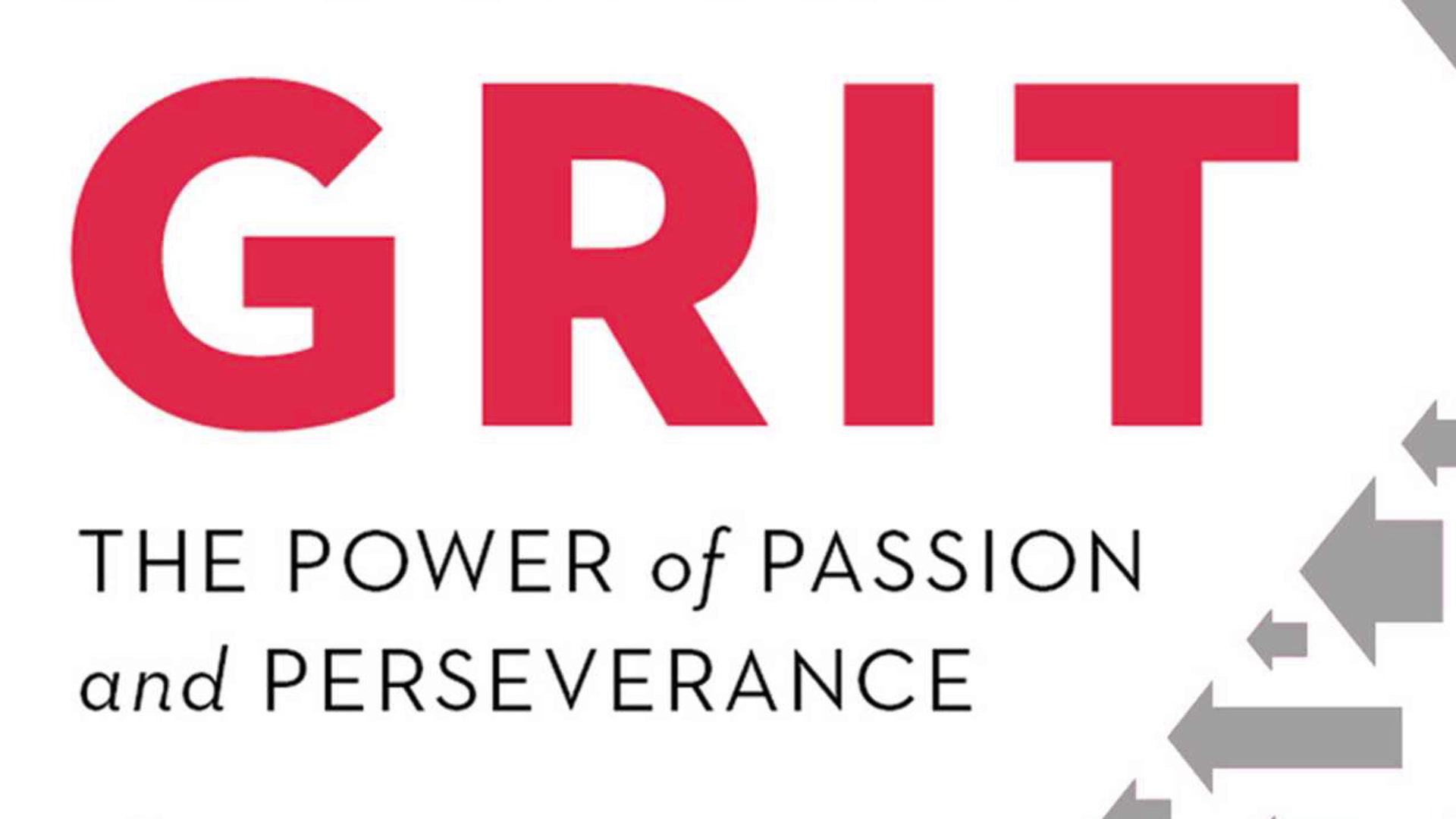 Grit – the exceptional stamina that individuals demonstrate to achieve high performance – is the topic of a recent article* in Harvard Business Review. People strong in grit are always striving to improve, make the sacrifices necessary to achieve, and remain in love with what they do. Research shows that grit predicts high performance in a variety of domains.
Grit – the exceptional stamina that individuals demonstrate to achieve high performance – is the topic of a recent article* in Harvard Business Review. People strong in grit are always striving to improve, make the sacrifices necessary to achieve, and remain in love with what they do. Research shows that grit predicts high performance in a variety of domains.
Given the importance of grit – how can it be developed at the Individual, Team, and Organizational levels?
Some of the keys, the authors suggest, are as follows. These are based on their work in developing grit in the health care industry, notably with the Mayo and Cleveland Clinics:
*For Individuals it all begins with selection. The top components of grit are passion and perseverance. Asking people you interview to share stories about the most difficult challenges they have overcome and how, would give some insight into this. After that, establishing specific difficult goals can build grit in any individual – and, over time, help identify those that may not be a good “grit fit.” Learn more here about effective goal-setting.
*For Teams it is more than just putting a group of “gritty” people together. Teams need to an overarching goal that they are committed to and then connect individual goals to these. Shared purpose and mutual trust are vital. This is consistent with team research – see here for more.
*For the Organization it is no surprise that it is all about the culture. Grit has to be role modeled by leaders. This includes having a pervasive “growth mindset” which helps to continue to build grit. Organization level goals must be set and everyone must be clear on them. Then – social norms which support the top goals must be established.
For example, at Mayo Clinic, the top goal is “putting patients first.” Connected to this, a social norm for physicians includes answering your pager right away. When asked what happens to docs who do not respond quickly to their beeper at Mayo, one person said “The earth would open up and swallow you.” That’s a strong culture.
Not surprisingly, building grit in an organization has to start with the commitment of top leaders who have grit themselves and see the benefits of putting in the hard work to make that happen. True Grit leads to improved Mission Impact.
*“Organizational Grit,” Lee, Thomas H. & Duckworth, Angela L., Harvard Business Review, September – October 2018, pp. 98 – 105.